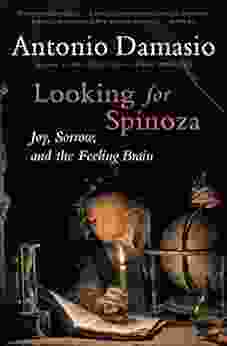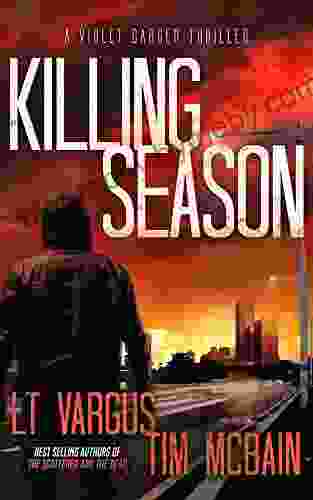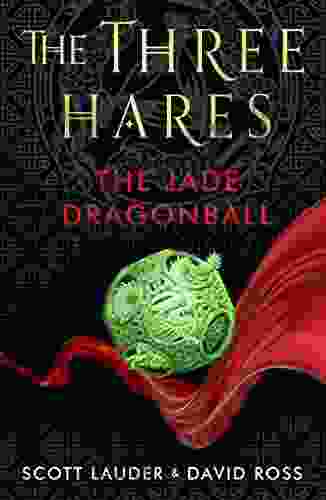Joy, Sorrow, and the Feeling Brain: Unlocking the Power of Emotions

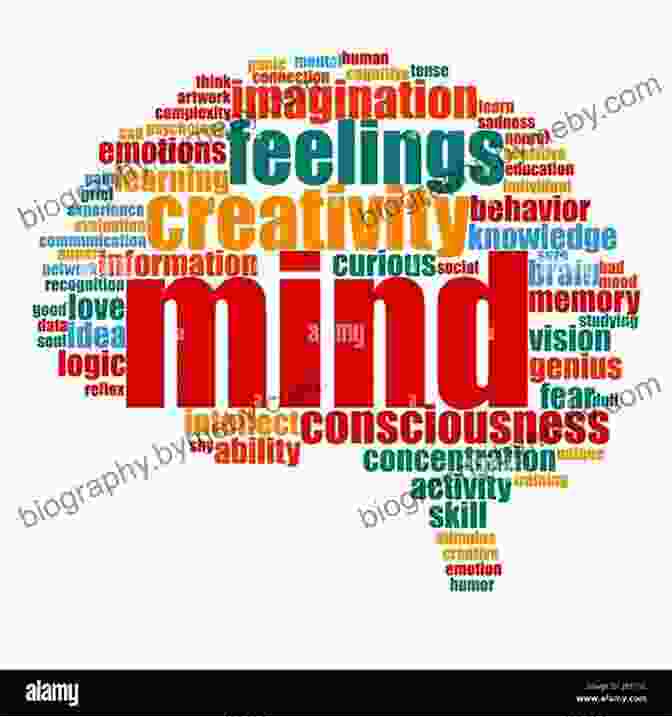
4.5 out of 5
| Language | : | English |
| File size | : | 10335 KB |
| Text-to-Speech | : | Enabled |
| Screen Reader | : | Supported |
| Enhanced typesetting | : | Enabled |
| X-Ray | : | Enabled |
| Word Wise | : | Enabled |
| Print length | : | 370 pages |
| Lending | : | Enabled |
Joy, Sorrow, and the Feeling Brain is a groundbreaking exploration of the science of emotions. Written by renowned neuroscientist Antonio Damasio, this book reveals the intricate workings of our brains and how they shape our feelings, thoughts, and actions.
Damasio argues that emotions are not simply subjective experiences, but rather complex biological processes that play a vital role in our survival. He shows how emotions help us to make decisions, regulate our behavior, and connect with others. He also explores the neural basis of empathy, morality, and consciousness.
Joy, Sorrow, and the Feeling Brain is a must-read for anyone who wants to understand the nature of emotions and their impact on our lives.
What is the Feeling Brain?
The feeling brain is a network of brain structures that are involved in the processing of emotions. These structures include the amygdala, the hippocampus, the hypothalamus, and the prefrontal cortex.
The amygdala is responsible for detecting threats and triggering fear responses. The hippocampus is involved in memory and emotion regulation. The hypothalamus is involved in regulating body temperature, hunger, and thirst. The prefrontal cortex is involved in decision-making and impulse control.
These structures work together to create our emotional experiences. When we see something that scares us, the amygdala sends a signal to the hypothalamus, which triggers a fear response. The hippocampus then helps us to remember the experience so that we can avoid it in the future. The prefrontal cortex helps us to control our fear response and make decisions about how to respond.
The Power of Emotions
Emotions play a vital role in our lives. They help us to make decisions, regulate our behavior, and connect with others. They also influence our physical health and well-being.
Positive emotions, such as joy, love, and gratitude, can boost our immune system, improve our heart health, and reduce stress. Negative emotions, such as anger, sadness, and fear, can have the opposite effect.
It is important to understand that emotions are not inherently good or bad. They are simply part of our human experience. The key is to learn how to manage our emotions in a healthy way.
How to Manage Your Emotions
There are a number of things you can do to manage your emotions in a healthy way. These include:
- Identify your emotions. The first step to managing your emotions is to identify what you are feeling. Once you know what you are feeling, you can start to develop strategies for dealing with it.
- Accept your emotions. It is important to accept your emotions, even the negative ones. Trying to suppress or deny your emotions will only make them worse.
- Express your emotions in a healthy way. There are a number of healthy ways to express your emotions, such as talking to a friend, writing in a journal, or exercising.
- Learn from your emotions. Emotions can be a valuable source of information. They can tell you what you need to pay attention to and what you need to change.
Managing your emotions is not always easy, but it is essential for your mental and physical health. By following these tips, you can learn to manage your emotions in a healthy way and live a more fulfilling life.
Joy, Sorrow, and the Feeling Brain is a groundbreaking exploration of the science of emotions. This book provides a unique insight into how our brains create our emotional experiences and how those experiences shape our lives.
If you are interested in learning more about the nature of emotions and their impact on our lives, then I highly recommend this book.
4.5 out of 5
| Language | : | English |
| File size | : | 10335 KB |
| Text-to-Speech | : | Enabled |
| Screen Reader | : | Supported |
| Enhanced typesetting | : | Enabled |
| X-Ray | : | Enabled |
| Word Wise | : | Enabled |
| Print length | : | 370 pages |
| Lending | : | Enabled |
Do you want to contribute by writing guest posts on this blog?
Please contact us and send us a resume of previous articles that you have written.
 Book
Book Novel
Novel Page
Page Chapter
Chapter Text
Text Story
Story Genre
Genre Reader
Reader Library
Library Paperback
Paperback E-book
E-book Magazine
Magazine Newspaper
Newspaper Paragraph
Paragraph Sentence
Sentence Bookmark
Bookmark Shelf
Shelf Glossary
Glossary Bibliography
Bibliography Foreword
Foreword Preface
Preface Synopsis
Synopsis Annotation
Annotation Footnote
Footnote Manuscript
Manuscript Scroll
Scroll Codex
Codex Tome
Tome Bestseller
Bestseller Classics
Classics Library card
Library card Narrative
Narrative Biography
Biography Autobiography
Autobiography Memoir
Memoir Reference
Reference Encyclopedia
Encyclopedia Arthur Aughey
Arthur Aughey Cindi Rigsbee
Cindi Rigsbee Fred Shoemaker
Fred Shoemaker Elia Kacapyr
Elia Kacapyr S M R Saia
S M R Saia Archie B Carroll
Archie B Carroll Annemarie Bean
Annemarie Bean Edward N Luttwak
Edward N Luttwak Robbie Couch
Robbie Couch Anthony Timiraos
Anthony Timiraos Diccon Bewes
Diccon Bewes Steven Hugh Lee
Steven Hugh Lee K F Breene
K F Breene King Tamil
King Tamil Jake Brennan
Jake Brennan Nita Sweeney
Nita Sweeney Thomas Herold
Thomas Herold Ann Mcgovern
Ann Mcgovern Anne Sebba
Anne Sebba Douglas W Bonnot
Douglas W Bonnot
Light bulbAdvertise smarter! Our strategic ad space ensures maximum exposure. Reserve your spot today!

 Dashawn HayesHealth Care Ethics and Insurance Professional Ethics: A Comprehensive Guide...
Dashawn HayesHealth Care Ethics and Insurance Professional Ethics: A Comprehensive Guide... John UpdikeFollow ·10.9k
John UpdikeFollow ·10.9k Stuart BlairFollow ·12.4k
Stuart BlairFollow ·12.4k Andrew BellFollow ·8.1k
Andrew BellFollow ·8.1k Bruce SnyderFollow ·15k
Bruce SnyderFollow ·15k Angelo WardFollow ·5.1k
Angelo WardFollow ·5.1k Edwin BlairFollow ·8.2k
Edwin BlairFollow ·8.2k Herman MelvilleFollow ·2.1k
Herman MelvilleFollow ·2.1k E.E. CummingsFollow ·8.2k
E.E. CummingsFollow ·8.2k
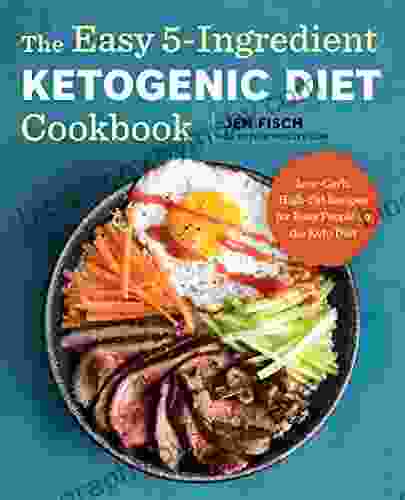
 Juan Rulfo
Juan RulfoThe Easy Ingredient Ketogenic Diet Cookbook: Your...
Embark on a culinary adventure that...
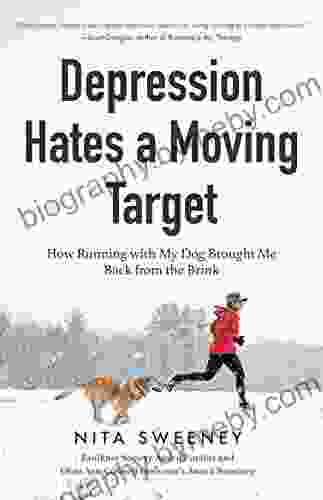
 Zachary Cox
Zachary CoxDepression Hates a Moving Target: A Groundbreaking...
Depression...

 Colin Richardson
Colin RichardsonUnleash Your Spine-Tingling Curiosity: Dive into the...
In the realm of...

 Evan Hayes
Evan HayesMarketing Fashion Portfolio: The Ultimate Guide to...
In the competitive world of fashion, it is...
4.5 out of 5
| Language | : | English |
| File size | : | 10335 KB |
| Text-to-Speech | : | Enabled |
| Screen Reader | : | Supported |
| Enhanced typesetting | : | Enabled |
| X-Ray | : | Enabled |
| Word Wise | : | Enabled |
| Print length | : | 370 pages |
| Lending | : | Enabled |


